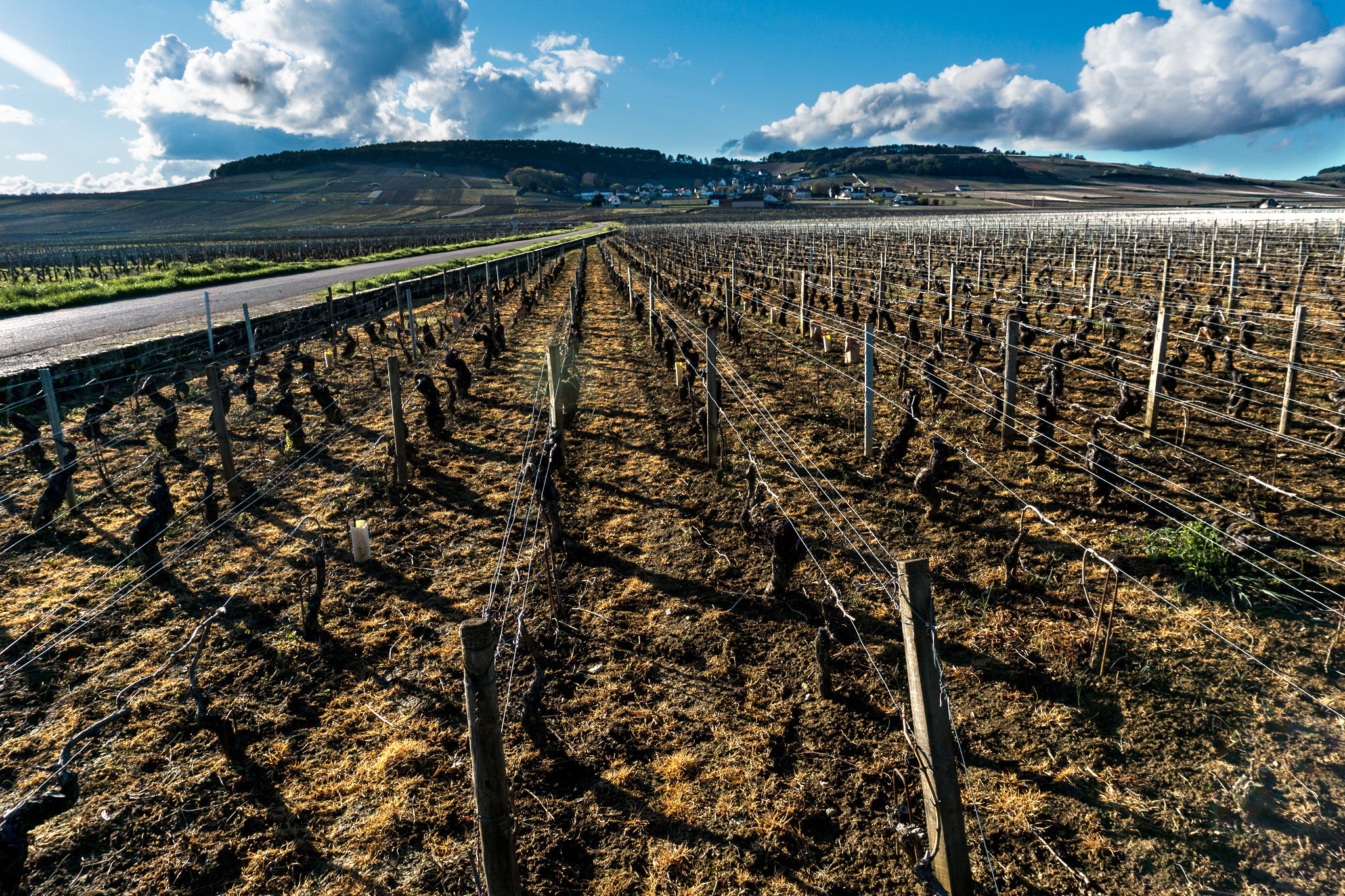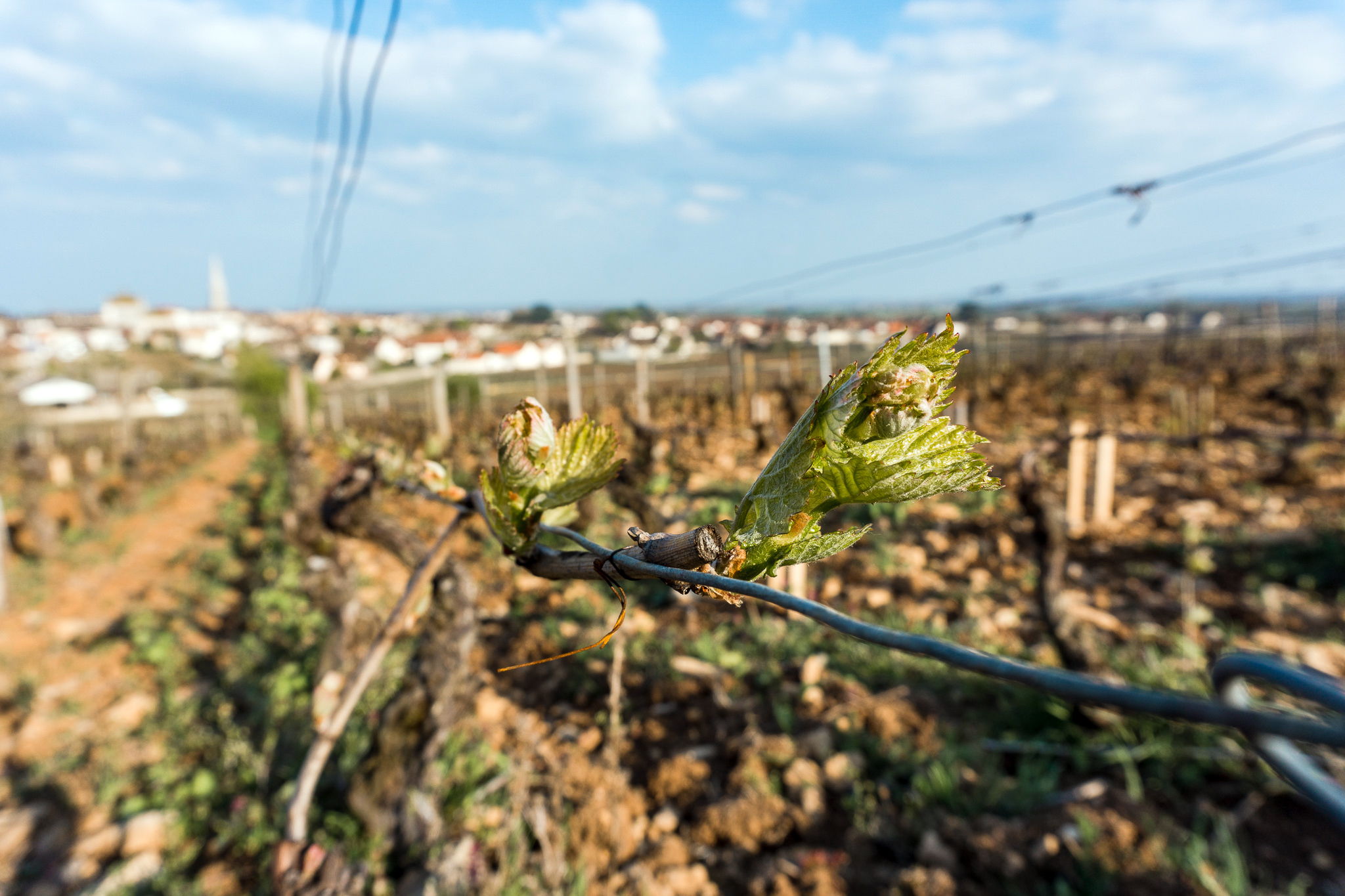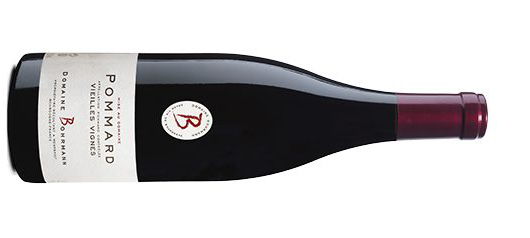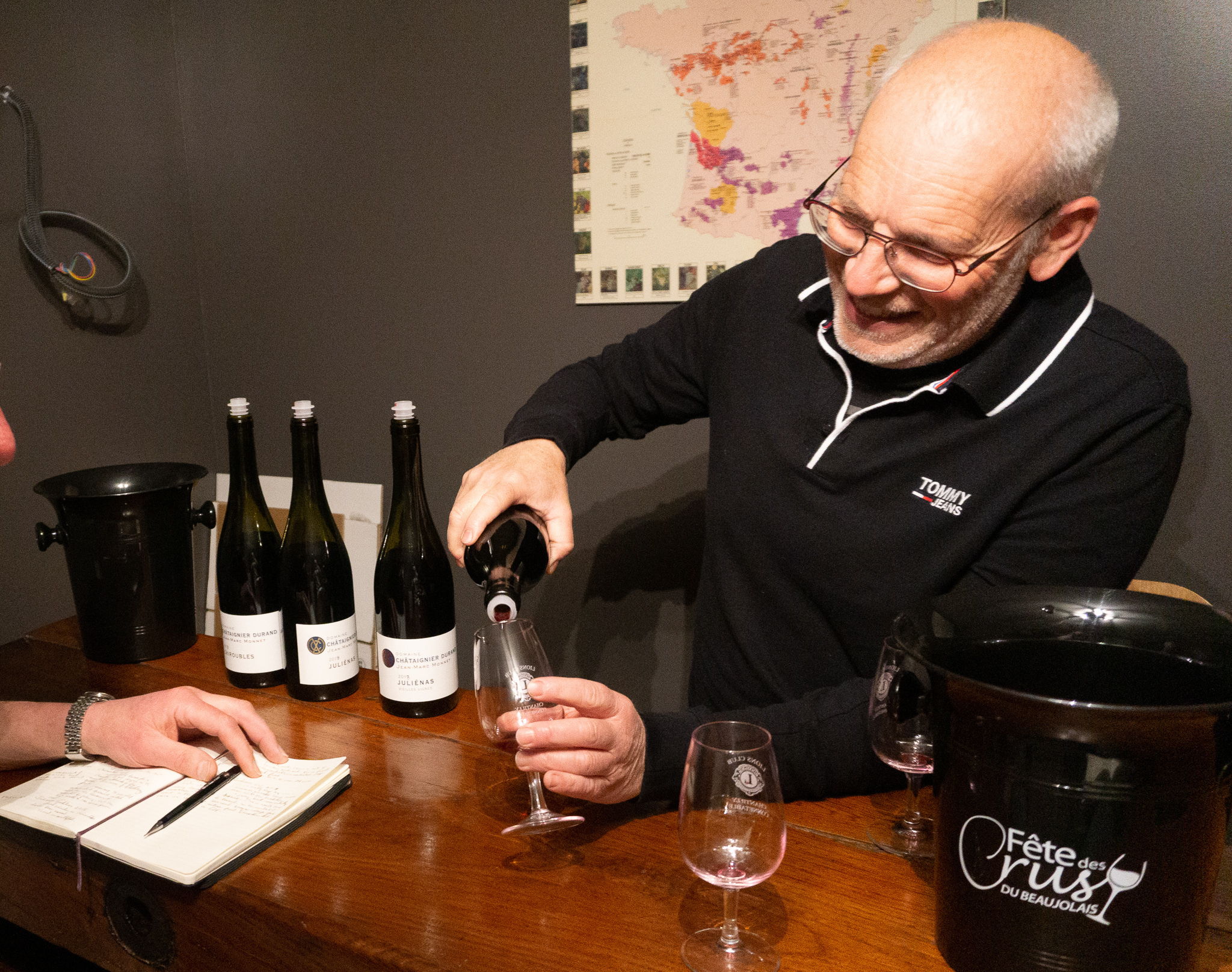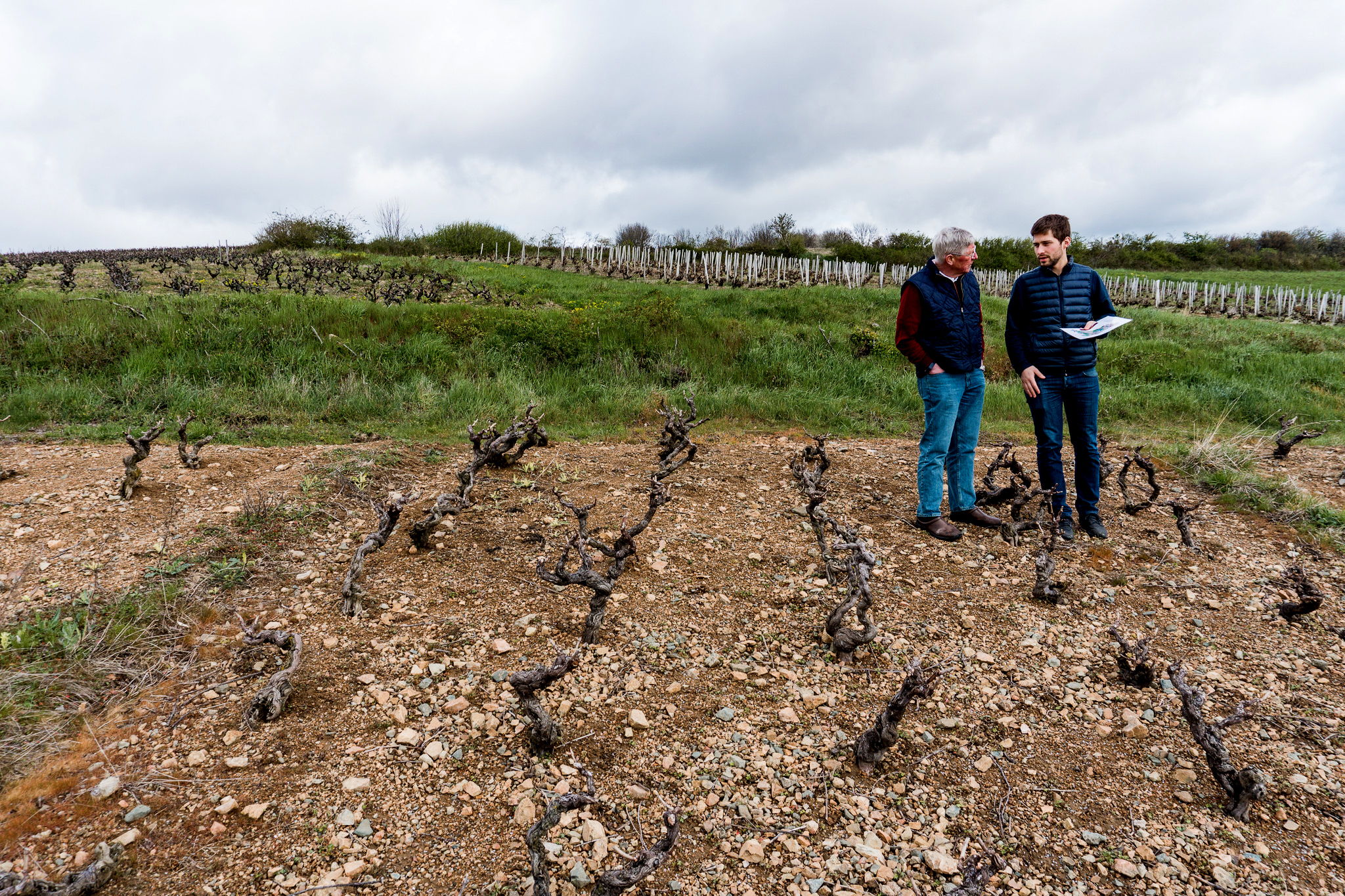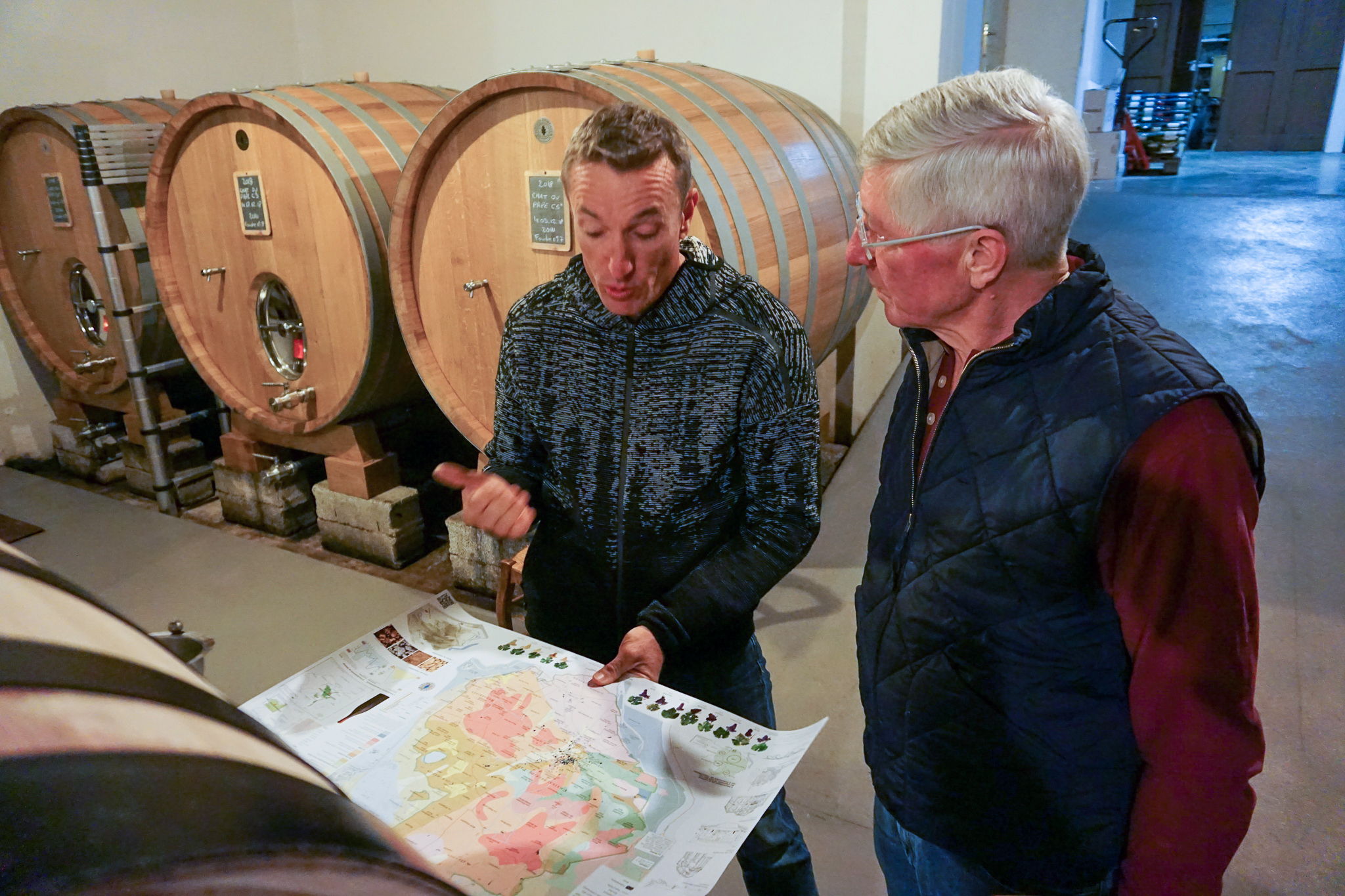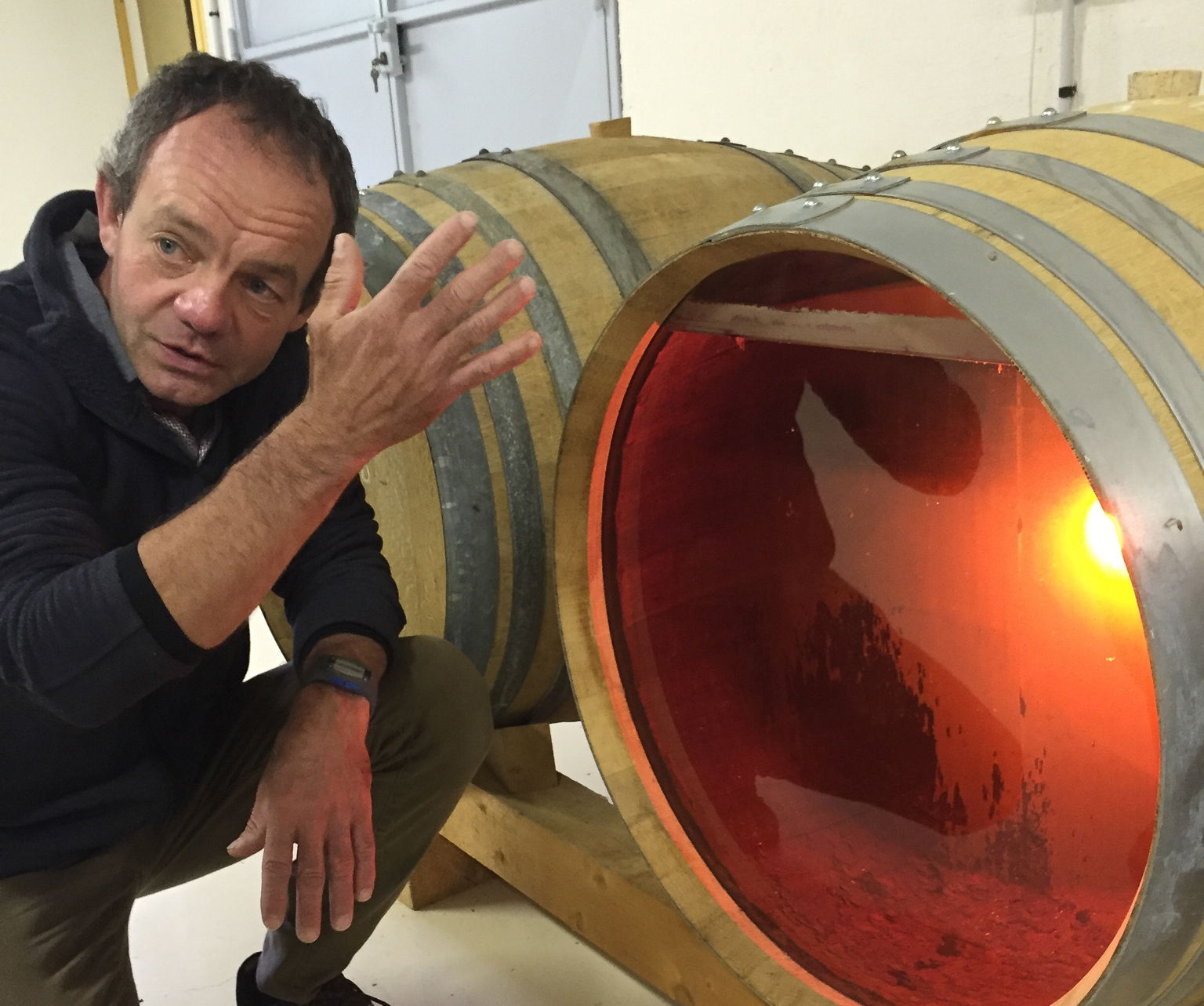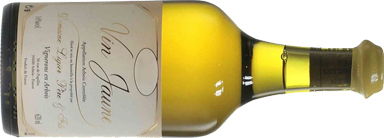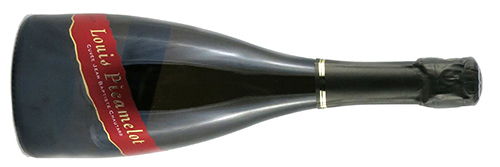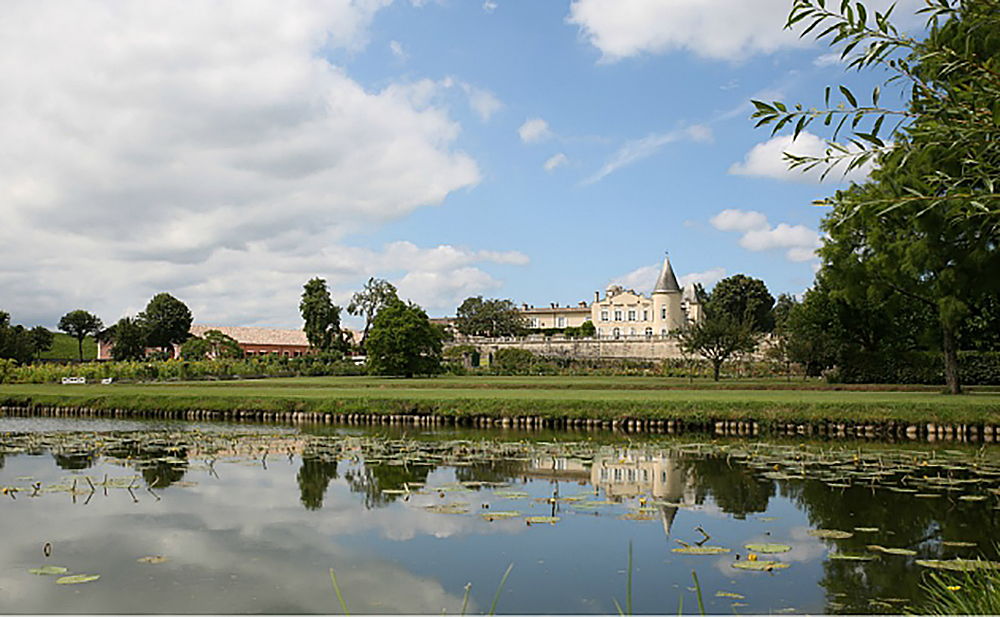The Belland winery is in Santenay, but like many Burgundy families, their properties stretch across consecutive appellations. There is Maranges to the south and Chassagne-Montrachet to the north, along with small plots from appellations even farther afield. At Belland this brings a particularly nice combination of reds and whites, some of which drink well early and others that show their best after some time in the bottle. For 2017, early pleasure is the watchword. There’s still a range of timelines, but they will be compressed toward the early end. Everything seems more open and attractive at the outset than usual — every cuvée during our April tasting was a candidate to bring home for lunch.
Santenay lies on a small curving hillside toward the southern end of the Côte de Beaune. It’s not much of a turn, but it is enough to enhance exposure to the sun, making the wines riper and rounder than the others from that part of the Côte. This applies to whites as well as reds. Our first suggestion, the Santenay 1er cu “Beauregard” blanc is very rich (much rounder in the mouth than the 2016, for those of you who have been enjoying its considerable charms). This is a wine for those who like their Chardonnay to fill the mouth and stand on its own. The nose shows tropical fruits like apricot and meyer lemon; the mouth is rich and full, with a thickness that reminded us of Chassagne.

Just across the border in Chassagne-Montrachet, the higher acidity of the 2017 Clos Pitois blanc creates more tension, making wine with a particularly harmonious balance. It’s easy to see why Chassagne is famous for its whites: excellent length and a long finish layered over plenty of gras (fat), which produces wine that consistently turns heads. Burghound called it “exceptionally rich and enveloping,” and we found notes of baked lemon rind, hazelnut, and golden apples. The increased complexity and intensity means this will age better than the Santenay, but we think it will drink just as well early.
We usually rank Belland’s Chassagne ahead of his Puligny, but in 2017 the Puligny-Montrachet 1er cru “Champs Gain” is just beautiful, and we’ve added it to the lineup. This wine is a fugue of fruit, oak, and minerals. Minerality distinguishes Puligny from Chassagne and often demands some patience while the wine rounds out; but in 2017 the minerals come wrapped in silk. No waiting required for this Puligny, which finishes with extraordinary length and can be relied upon to bring a sigh of satisfaction from guests at your dinner table. It was perhaps the wine of the tasting at Belland this year.
Finally, there is the Grand Cru white. The Bellands own a large plot in Criots-Bâtard Montrachet, one of the satellite Grand Crus that surround the greatest white wine vineyard of all. Take the gorgeous mouthfeel of Clos Pitois and the minerals of Champ Gain and stretch them even further, and you have the difference between the premier crus and the Grand Cru. Here is intensity, depth and length wound together. Allen Meadows (“Burghound”) found impressive the “intense, detailed and large scaled flavors” and the “excellent depth and persistence on the balanced and palate coating finish.” Of course, the world has only one Montrachet constellation, so you can expect to pay handsomely to add this wine to your cellar. Burghound gave 93 points, and concluded “This is a very good Criots that should amply repay extended cellaring”
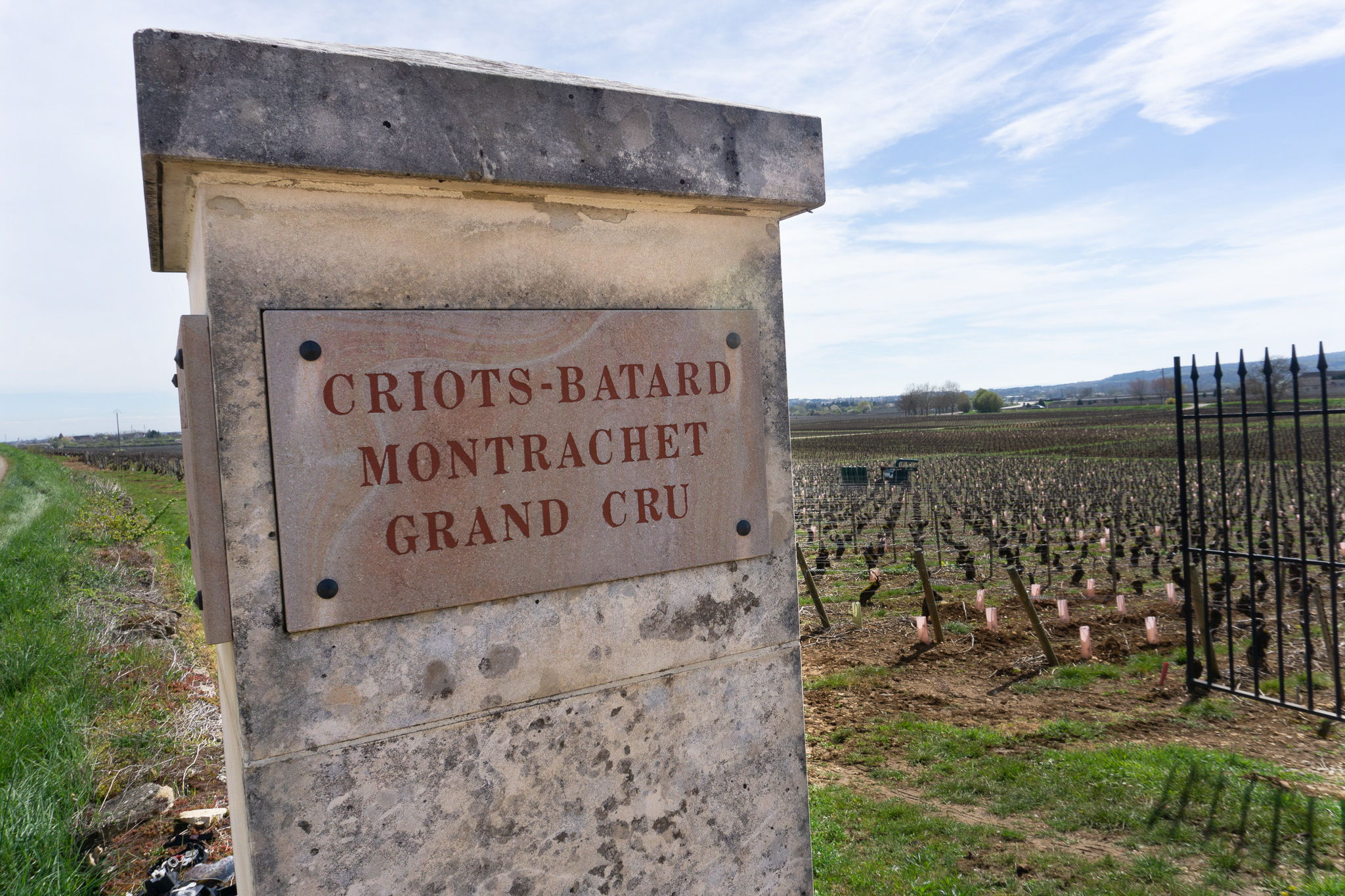
The reds follow a similar pattern. The 2017 Santenay 1er cru “Beauregard” rouge offers ripe dark cherry fruit, and the nose is open and expressive for the wine at this stage. The tannins are well integrated into the structure already, so the wine should drink well from the start. Burghound praised its “highly seductive texture.” Right now we’d give it half an hour in a carafe, but that should be all you need to begin enjoying it. For fine red Burgundy under $35/bot, this is as impressive and approachable as it gets.
The Chassagne-Montrachet 1er cru “Clos Pitois” rouge is particularly nice this year. It offers a toastier nose, with fruit that’s a bit more focused and less prominent than the Santenay. Think black currants vs. dark cherries. A pleasant minerality mingles with the fruit. We’d likely wait six months or so before trying a bottle, but we expect the wine to be a classic Côte de Beaune red before long.

Finally, the Bellands offer Volnay 1er cru from a plot in Santenots. The 2017 is lovely, showing Volnay’s signature elegance and more ethereal aspect. Burghound found an “overtly floral” nose with “violet nuances” and “hints of rose petal and lavender to add depth to the markedly spicy and fresh nose.” Like the Clos Pitois, its tannins are very fine and so should support aging very well. For reference, Belland’s 2014 Volnay is beautiful today, and the 2017 should drink well even faster.
BELLAND
(case prices)
| Santenay 1er Beauregard blanc 2017: |
$395 |
| Chassagne-Montrachet 1er “Clos Pitois” blanc 2017: |
$750 |
| Puligny-Montrachet 1er “Champs Gains” 2017: |
$895 |
| Criots-Batard Montrachet Grand Cru 2017: |
$2,995 |
| Santenay 1er Beauregard rouge 2017: |
$395 |
| Chassagne-Montrachet 1er “Clos Pitois” rouge 2017: |
$550 |
| Volnay 1er “Santenots” 2017: |
$685 |

